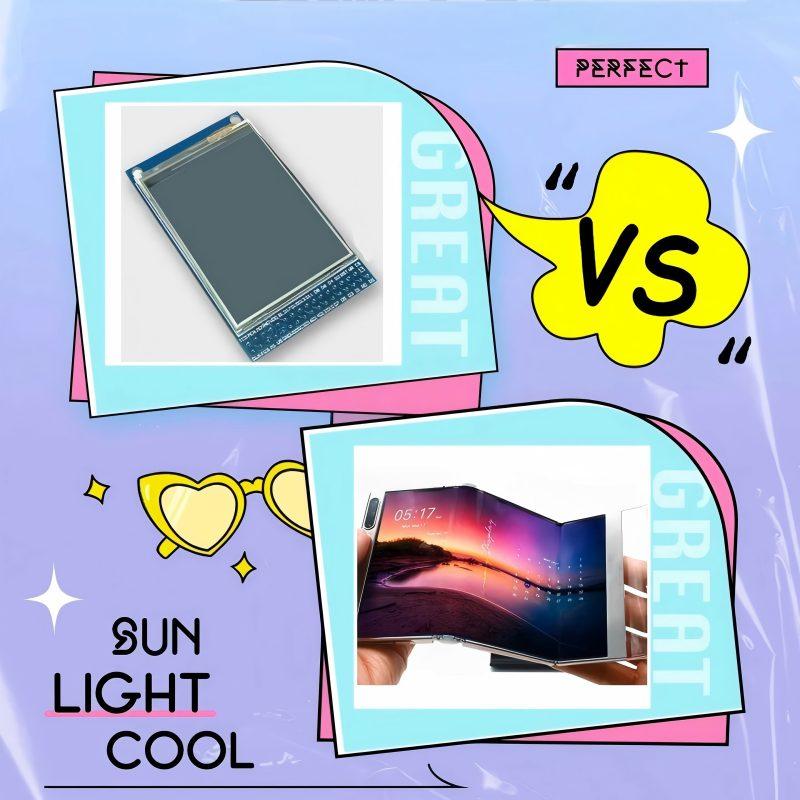Display Effect: A Technical Showdown of a Visual Feast OLED screens’ pixel-level light control capabilities deliver a revolutionary experience. When displaying black scenes, OLED pixels simply turn off their light, creating a deep, near-realistic black. This technological feature enables a contrast ratio exceeding 100,000:1, far exceeding LCD’s 1,000:1-3,000:1. In the five-dimensional space sequence from Netflix’s “Interstellar,” the interplay of starry sky and darkness is vividly rendered by OLED, while the “grayish black” effect caused by light leakage from the backlight layer on LCD screens significantly diminishes the impact. Color reproduction is strikingly distinct. OLED inherently boasts a wider color gamut, making reds more intense and greens more vibrant, lending the […]
投稿者アーカイブ: admin
医療:精密なタッチで命を守る 近代的な医療機器では、静電容量式タッチスクリーンは、その高い感度と汚染防止特性により、モニターや超音波機器に最適なインタラクティブソリューションとなっています。医師は、手術中に画面を直接スライドさせて3次元画像を取得し、指先で軽く触れるだけで病変のマーキングやデータ共有を完了できます。電子カルテシステムのタッチインターフェースは、医療スタッフをキーボードの制約から解放し、ベッドサイドでのリアルタイムなデータ入力を可能にし、効率を30%以上向上させます。Union Hospitalなどの施設では、セルフサービスのタッチ端末が1日に平均数万件の患者とのやり取りを担っています。
Technical ceiling: the underlying bottleneck of OLED life The core of OLED lies in self-luminous organic materials, especially the aging speed of blue pixels can reach 3 times that of red pixels. The natural defects of this organic material are the root cause of the lifespan problem – when the aging speed of sub-pixels of different colors is inconsistent, the screen will have color deviation or even burn-in. In order to balance the lifespan of the three colors, manufacturers have to adopt a compromise solution: Increase the area of red and blue pixels (Pentile arrangement) Or adopt a triangular pixel layout (Delta arrangement) These solutions visually cause color fringing on the […]
1. TFT LCDスクリーン:ピクセルマトリックスの正確なキャンバス モジュールの「視覚皮質」として、TFT LCDスクリーンは、薄膜トランジスタアレイを介して、各サブミリメートルピクセルのオン/オフを正確に制御します。その利点は次のとおりです。 高コントラスト:最大1500:1(ハイエンドの携帯電話の画面など)、黒をより深く、色をより鮮やかにします。 高速応答:グレースケールの応答時間はわずか5ms(DisplaySpecificationsデータ)で、動的な残像を効果的に排除します。 広視野角技術:IPS / VAパネルは178°の視野角を実現し、マルチシーンの視聴ニーズに対応します。 技術の本質:TFTアレイはマイクロスイッチのようなもので、電圧を介して液晶分子の偏向角を調整し、制御します[...]
今日、デジタルインタラクションが普及しているとき、指先のタッチは、人と機械を結ぶ最も自然な架け橋になっています。この魔法をサポートするコアは、タッチスクリーンの独自の絶対座標系です。各タッチは、正確な座標データを個別に生成し、キャリブレーション後に画面位置に直接マッピングされます。このシステムは、同じポイントでのタッチ出力の高い安定性を保証します(タッチスクリーンインタラクションの基本原則)。ただし、完璧ではありません。サンプリングの違いによって引き起こされるドリフト現象により、絶対座標の一定の位置決めが継続的な技術最適化の焦点になります。 1.抵抗膜式:堅牢で耐干渉性の産業用ガード 抵抗膜式スクリーンは、2つの間の圧力接触に依存しています[...]
1.技術の進化と多様な開発 タッチスクリーン技術は、複数の技術ルートが共存するパターンを形成しています。抵抗膜式スクリーンは、初期の代表として、2つの導電層間の物理的な接触によって位置決めを実現します。その利点は、指から手袋、さらにはペン先まで、あらゆるオブジェクトのタッチと互換性があり、低コストであることです。これにより、産業用制御や医療機器などの特別なシナリオでは、依然としてかけがえのないものになっています。 静電容量式スクリーンは、電界誘導の原理により、今日主流になり、家電市場の絶対的なシェアを占めています。人体の電荷によって引き起こされる静電容量の変化を検出することによりタッチを実現し、マルチタッチ操作をサポートし、複雑な[...]
1.エレクトロルミネッセンス:エネルギー変換の量子ダンス OLEDの発光の本質は、電気エネルギーが光エネルギーに直接変換される量子プロセスです。電流が有機発光層を通過すると、電子と正孔が電界の駆動下で結合され、放出されたエネルギーが有機分子を励起状態に遷移させ、基底状態に戻るときに光子が放出されます。この直接発光モードは、従来のLCDに必要なバックライト層とカラーフィルターを排除し、構造が大幅に簡素化されます。 2.自発光構造:ピクセルの独立宣言 OLEDの「サンドイッチ構造」(アノード-有機層-カソード)[...]
1.ピクセルの正確な舵取り:アクティブマトリックス制御の実現 TFTのコアの役割は、各ピクセルに独立した「電子スイッチ」を装備することです。携帯電話の画面上の何百万ものピクセルを想像してみてください。従来のパッシブマトリックスLCDは、各ピクセルを独立して正確に制御することが難しく、応答が遅く、クロストークが高くなります。 TFTはマイクロスイッチアレイのようなものです。スキャン信号が特定の行に到達すると、TFTがオンになり、データ信号をその行に対応するピクセルコンデンサに正確に書き込むことができ、その光透過状態を決定します。信号後、TFTはオフになり、コンデンサの電荷はまで維持されます[...]
1.構造の礎:精密な「サンドイッチ」と電子ホールのダンス 有機ELの本質は、多層機能膜を精密に積層した有機半導体素子である:基板:基板:物理的支持の「基礎」として、柔軟なポリイミド(PI)または硬質ガラスが一般的に使用される。陽極(酸化インジウムスズITOなど):正孔(正電荷)を注入する透明導電体。有機機能層(コア):通常、正孔注入層(HIL)、正孔輸送層(HTL)、発光層(EML)、電子輸送層(ETL)、電子注入層(EIL)を含む。各層の材料と厚さはナノメートルレベルで最適化されている。陰極(マグネシウム-銀合金など):電子(負電荷)を注入し、仕事関数の低い金属が効率的な注入を実現する。[...]
1.技術主導の性質:パッシブとアクティブのギャップ 従来のLCD(多くの場合、TN/VAなどのパッシブ・マトリクス・スクリーンを指す)は、画素の行/列全体をゆっくりと駆動するために外部電圧に依存している。TFT-LCDは、各画素に独立したスイッチとして極薄フィルム・トランジスタを集積し、正確かつ高速な電荷制御を実現している。米国国立標準技術研究所(NIST)は、ディスプレイ技術の基礎に関する報告書の中で、TFTのアクティブマトリックス構造は、液晶応答の遅れとクロストークを解決するための重要な技術革新であると強調している。核心的な違い:TFT-LCDは "個別精密制御 "の能力を持ち、パッシブLCDは "集団広範囲管理 "である。[...]

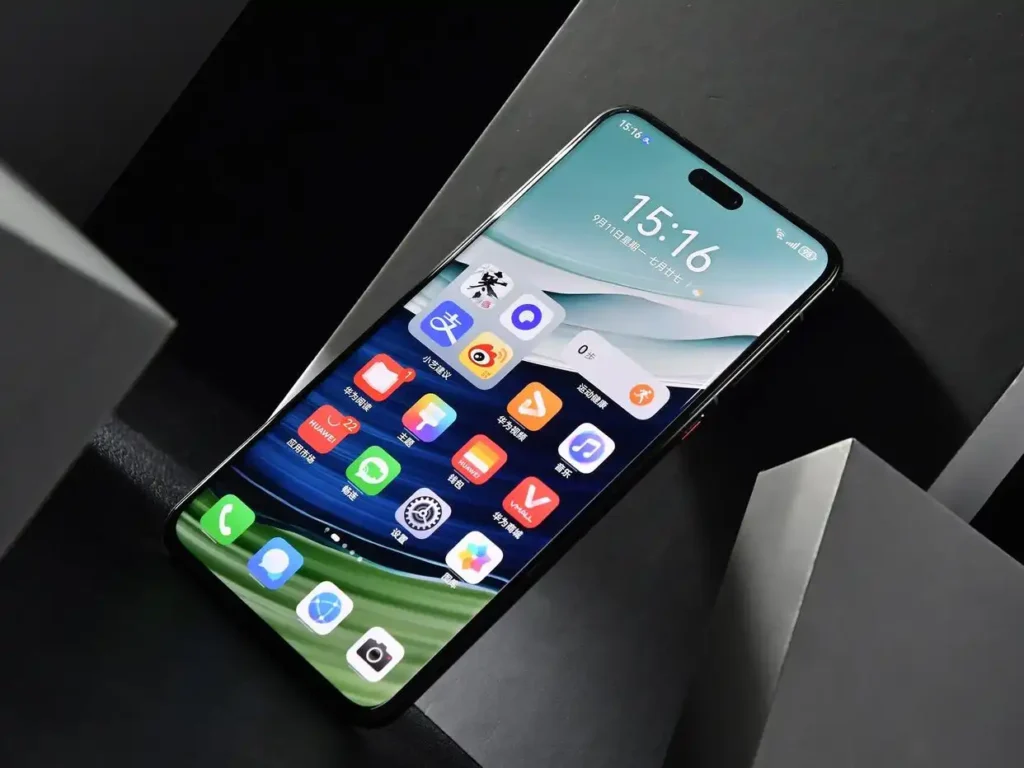


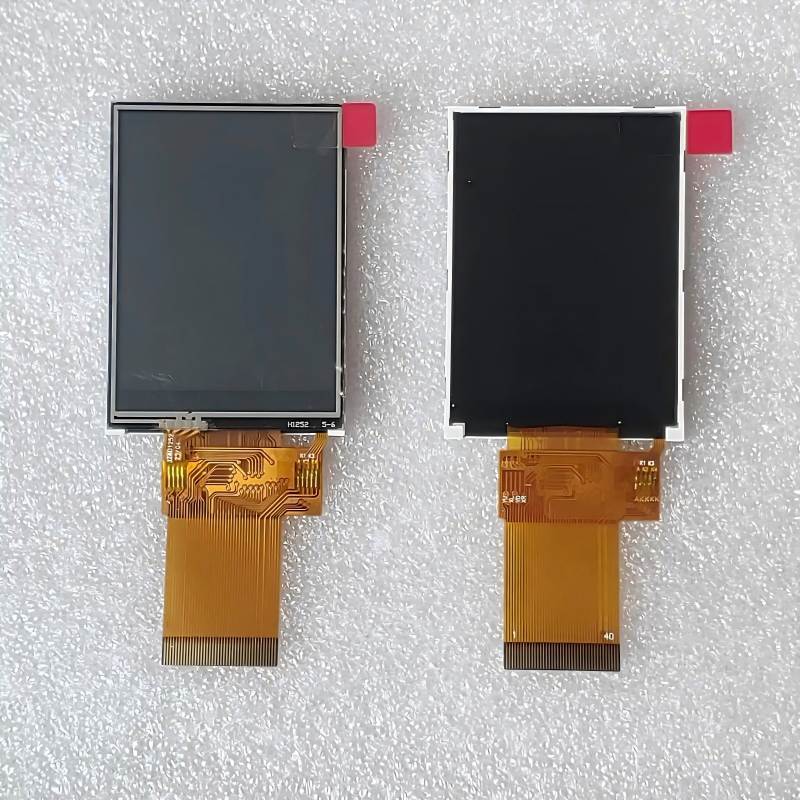
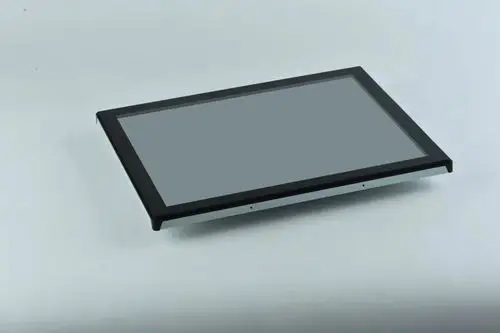

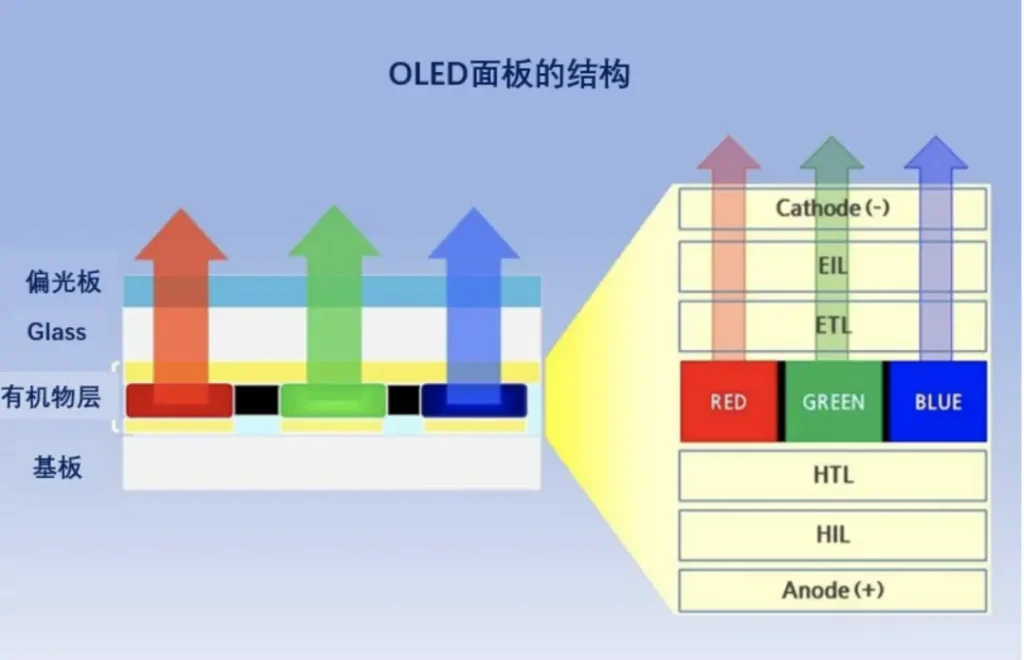
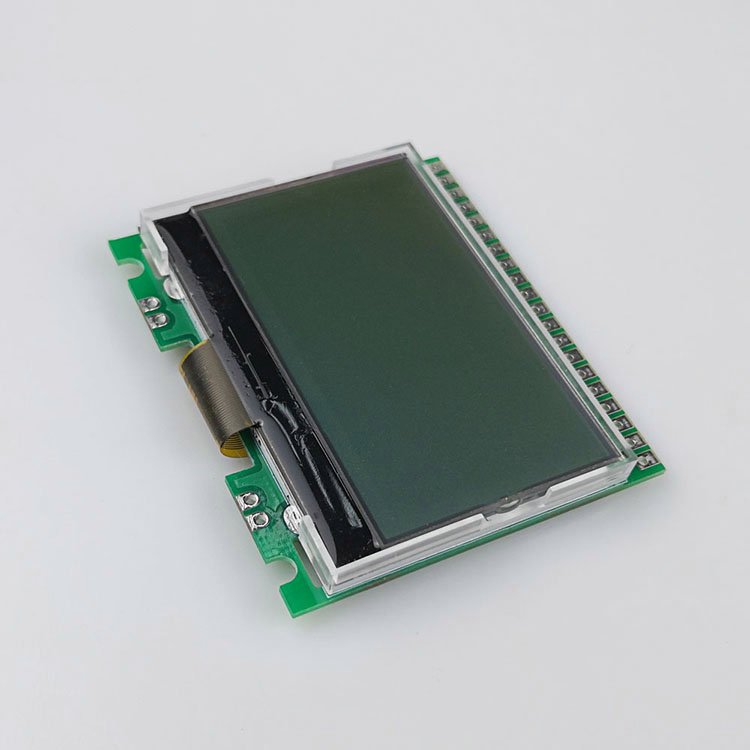
-1024x576.jpg)
